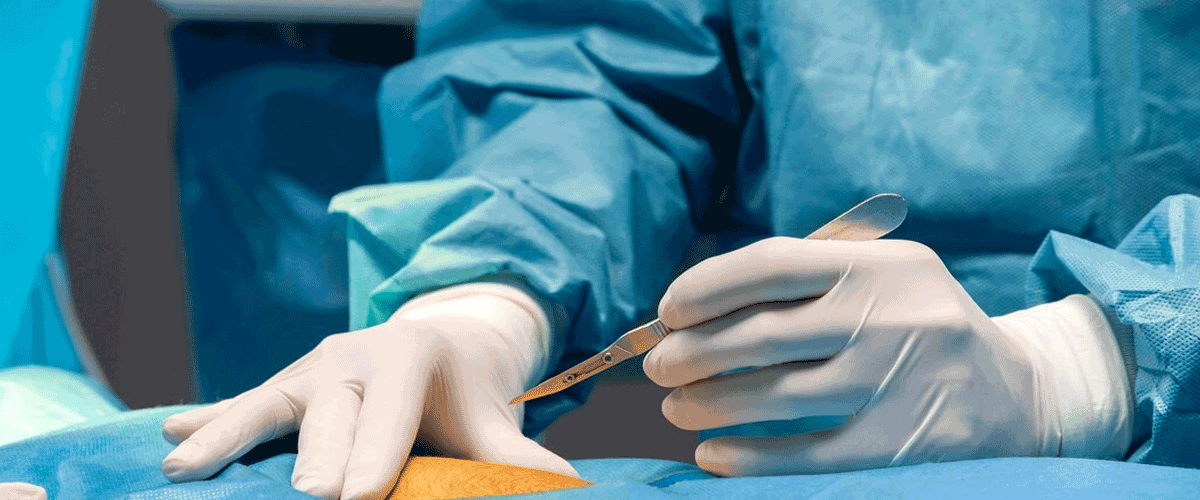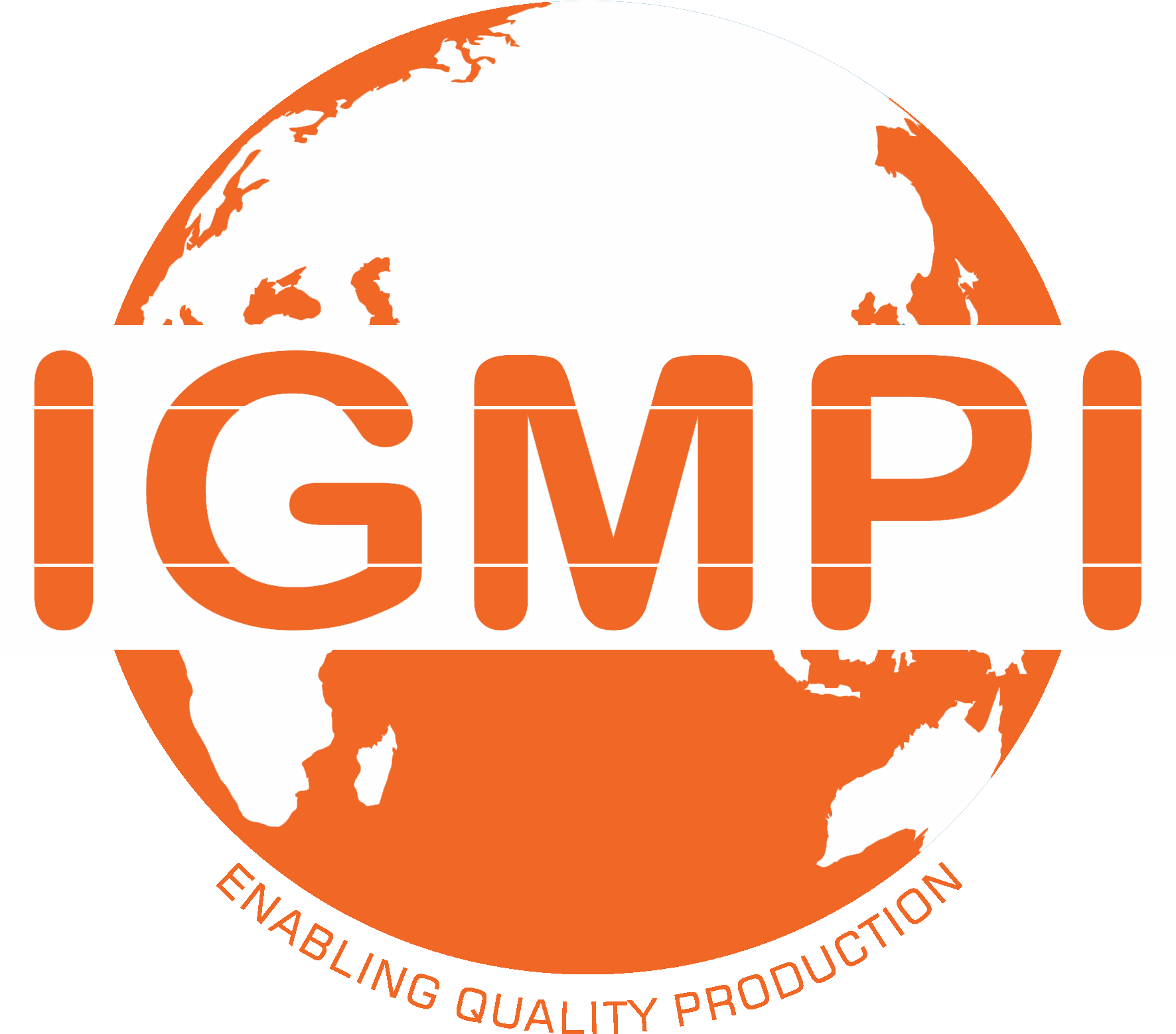(An Autonomous Body Recognized by Ministry of Commerce & Industry, Government of India)
Competency based placement focussed Education | Training | Research | Consultancy

Safer Gallbladder Surgery Now Possible for High-Risk Patients
Gallbladder removal, particularly through laparoscopic cholecystectomy, is usually a safe procedure. However, elderly patients and those with conditions such as heart, lung or kidney disease, diabetes, or metabolic syndrome face higher chances of complications. Advances in minimally invasive surgery, perioperative care, and multidisciplinary teamwork have now made these surgeries safer.
Experts note that early surgical intervention is often the best choice if no major contraindications exist, supported by an experienced surgical team. In some cases, conservative management with antibiotics and supportive care is preferred until the patient stabilises for elective surgery.
For critically ill patients, procedures like percutaneous gallbladder drainage (PT-GBD) or endoscopic ultrasound-guided drainage (EUS-GBD) are lifesaving, while endoscopic transpapillary drainage (ET-GBD) is used selectively. Once the patient recovers, cholecystectomy can be performed safely after six weeks. Emerging tools such as robotic systems and AI-based risk prediction promise even better outcomes for high-risk patients in the future.
25-08-2025
📰 Recent News
- AI Revolutionizes Hospital Efficiency and Patient Care
- Delhi’s Annual Air Crisis: Why the Capital Still Struggles to Breathe
- NHS to Add Menopause Screening to Routine Health Checks from 2026
- Study Ranks Antidepressants by Their Physical Health Effects for the First Time
- UK Expands Methanol Poisoning Warning to Eight More Countries
- WHO and EU Partner to Advance Digital Health in Sub-Saharan Africa
- NIHR Launches Funding to Shape the Future Health and Social Care Workforce
- NIMHANS and Karnataka Government Promote Responsible Digital Use Among Students
- Smart Hospital Elevators Transform Patient Care and Operational Efficiency
- Leadless Pacemakers: A Breakthrough in Bradycardia Care
